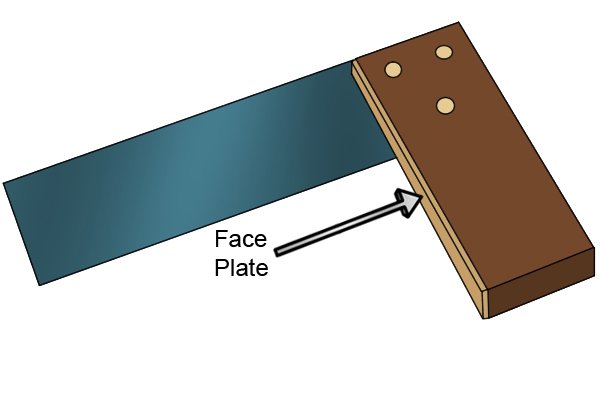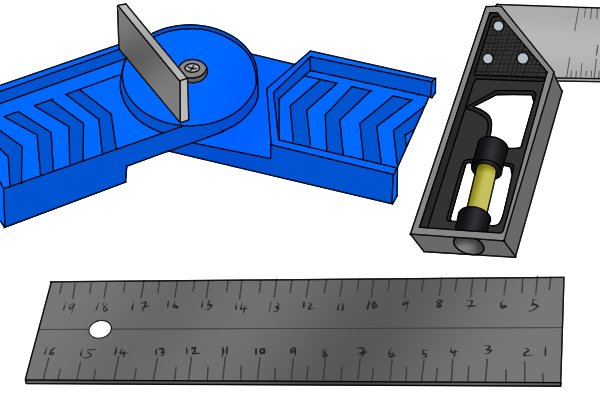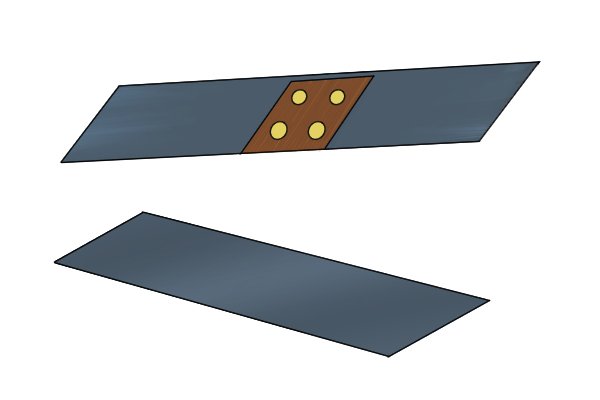
What parts does a try and a bevel consist of?
Content
The parts of the square and the square are the same, this is the blade and the stock. Read our complete guide to the various parts and features below. | ||
Try and bevel a square stem or handle | ||
 | On fitting and corner squares, the stock is the equivalent of a handle and is sometimes called that. It supports the tool and acts like one edge to the corner. Square stocks have a 45° angle at both ends, which prevents the appearance of the instrument, but basically gives a different measuring point on the instrument. The stock is often wider than the blade that is inside it. This allows the workpiece to fit against the workpiece and hold it in place. | |
 | StulpaThe face plate is located along the entire length of the wooden stock to reduce wear that can affect the levelness of the instrument. The faceplates are made of brass, which is stronger and wears better than wood. The faceplate is omitted on instruments with metal or plastic stocks as they are less prone to wear. | |
Try and oblique blade | ||
 | The blade on fitting and corner squares is not designed to make any kind of cut, it is the part of the tool that sits along the edge you want to check, mark or measure. The ends of the blades are also cut at 90° for the square and 45° for the square, which means that they can also be used to check the corresponding angles. | |
Additional features available in the trial version | ||
 | The above are the main components for all squares, however, there are additional features that can further change the use of tools, such as scales and adjustable angles. For more information see What trial and angular extras are available? | |

